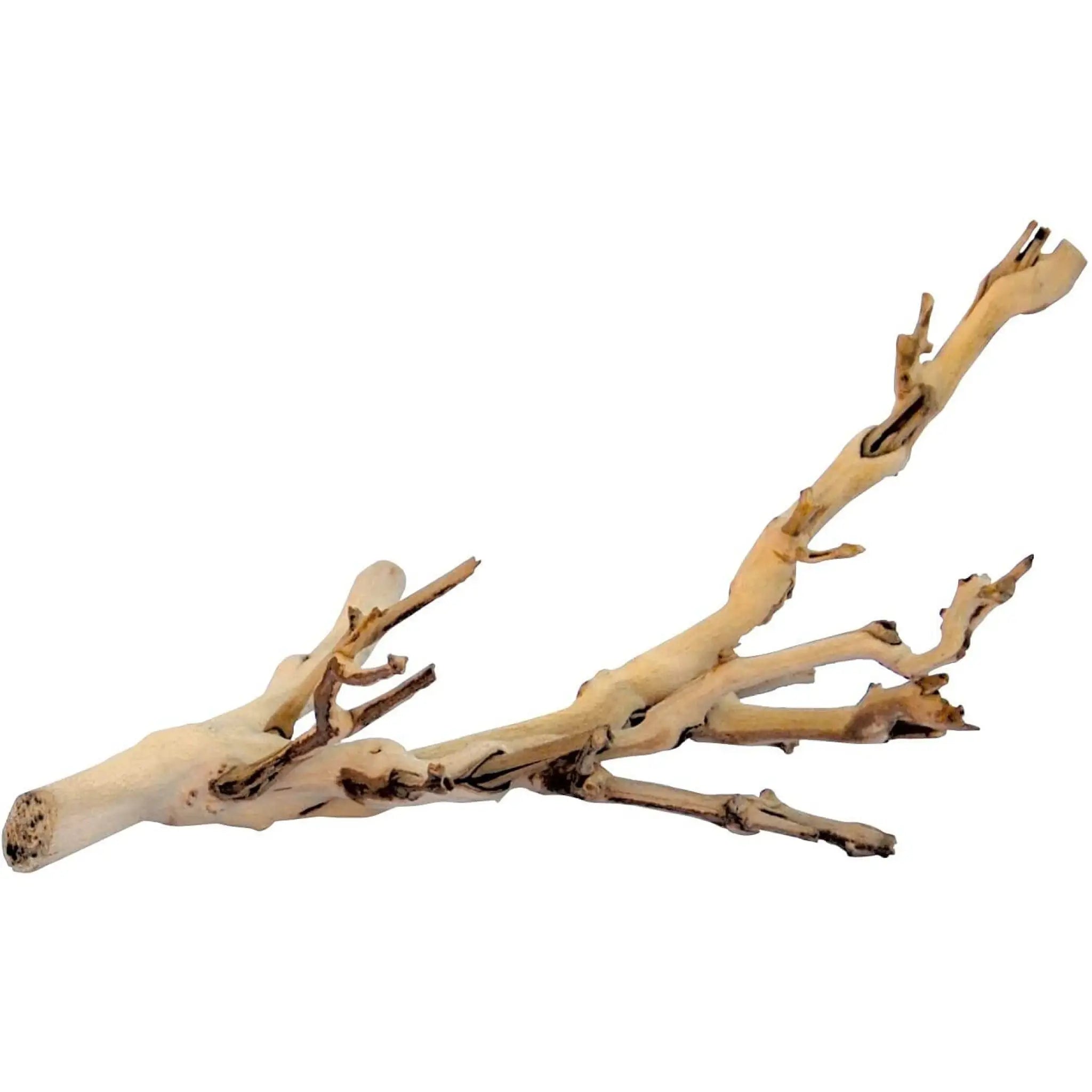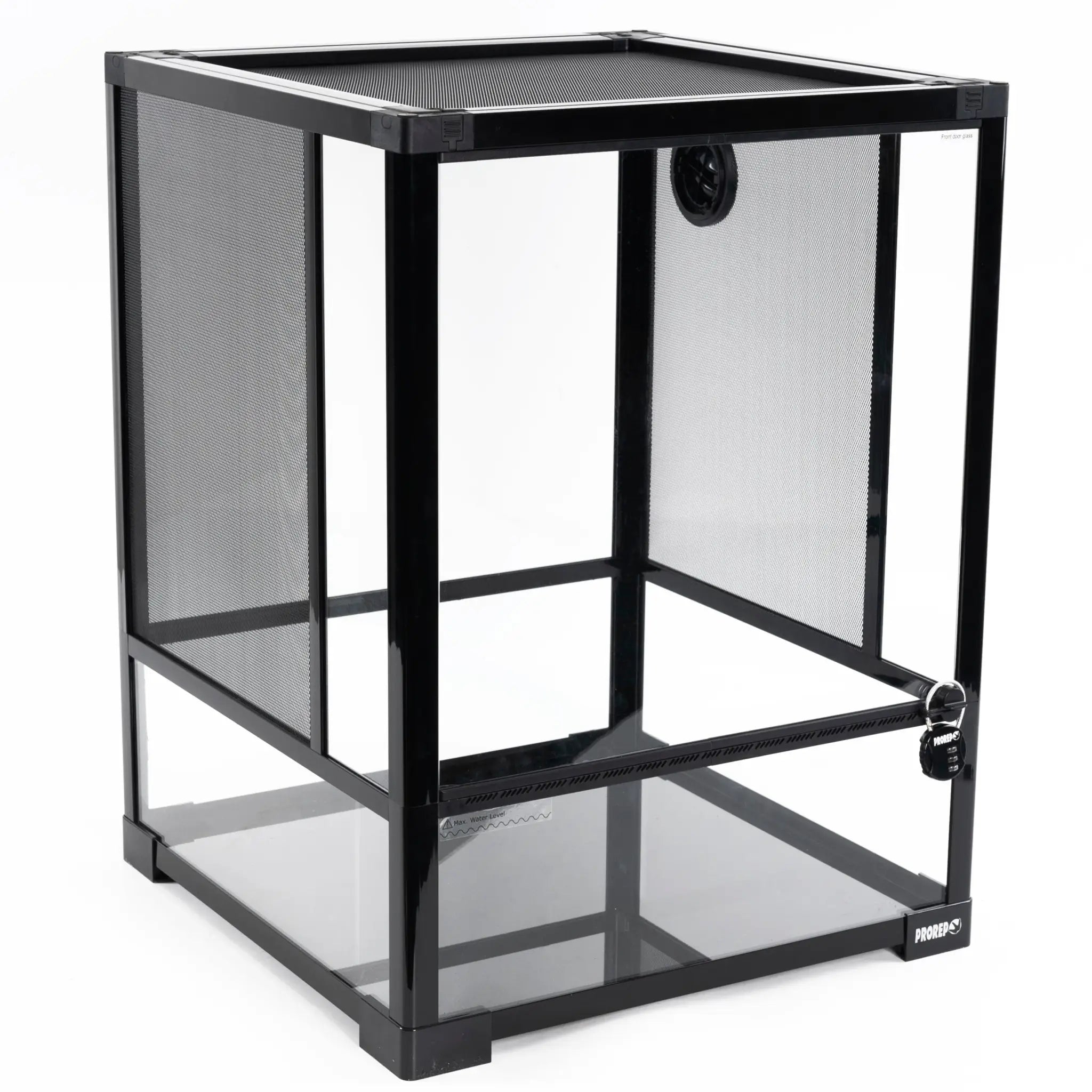
How To Incubate Bearded Dragon Eggs the Easy Way
by Gary Rolfe on in Bearded Dragons Guides Lizards
Bearded dragons are the most common pet reptile. They’re easy to care for, and if you have a male and female together they breed very easily. Should you be breeding bearded dragons at home? That’s a subject that you should fully research yourself and make an informed decision as to whether it is the right thing for you to do. If you do want to learn how to incubate bearded dragon eggs and hatch babies, we’ll show you how we do it and how you can replicate that procedure at home.
1. Enable your female to safely lay her eggs
Whilst not technically a part of the incubation process, it’s important that your female safely lays her eggs. Provide her with a plastic container that is large enough for her to enter and turn around in. The container should have a few inches of substrate in it for her to dig and lay her eggs in. The substrate should be moist, but not wet. We have found that ProRep Spider Life substrate gives a perfect consistency when dampened with a little water.
2. Set up an incubation box

Choose a sturdy, plastic container with a snug fitting lid (no holes). We like to use Stewart Hatchling Boxes because they are strong, ‘stackable’ and clear which enables us to check our eggs quickly at a glance. Add a good couple of inches of incubation substrate media, Lucky Reptile Hatchrite is already loaded with the perfect amount of moisture to maintain humidity in the box. Easy.
3. Arrange the eggs

The eggs should be spaced evenly on top of the incubation substrate. Small dents can be made in the substrate so the eggs do not roll over (very important). Make sure there are at least 1-2cm gaps between the eggs as they will expand during incubation.
4. Transfer to the Incubator

As we incubate of lot of various reptile eggs here, we use large modified drinks refrigerators! At home, there are some excellent small reptile incubators that can be used. Set the temperature to 29oC (84of), at this temperature the bearded dragon eggs will take around 60 days to hatch. It is often worth having a separate thermometer inside the incubator to monitor the temperature.
5. During incubation

Whilst your bearded dragon eggs are ‘cooking’, there are a few things to keep your eye on. Check the incubator daily and make sure the temperature is remaining constant (small fluctuations are usually inevitable though). If any of the eggs appear to look mouldy, remove them from the box immediately. As we use sealed incubation boxes (no holes) to trap the humidity inside the box you may sometimes notice condensation forming on the underside of the lid. Carefully remove the lid and wipe the drops away as you do not want them to drip on you eggs.
6. Hatching

After around 60 days you will notice little heads starting to emerge from their eggs! At this stage (no matter how tempting it is), try to not disturb the hatching bearded dragons. A healthy dragon will hatch fully in it’s own time. You may see that some still have a small yolk sack attached to them, don’t worry, this will drop off naturally once fully absorbed. Leave any hatched bearded dragons inside the box for a day as their activity will help stimulate the rest of the eggs to hatch.

It may seem like a simple method, but this is how we have done it for years. And it works!
If you have any of your own tips, please feel free to leave them in the comments section below.






